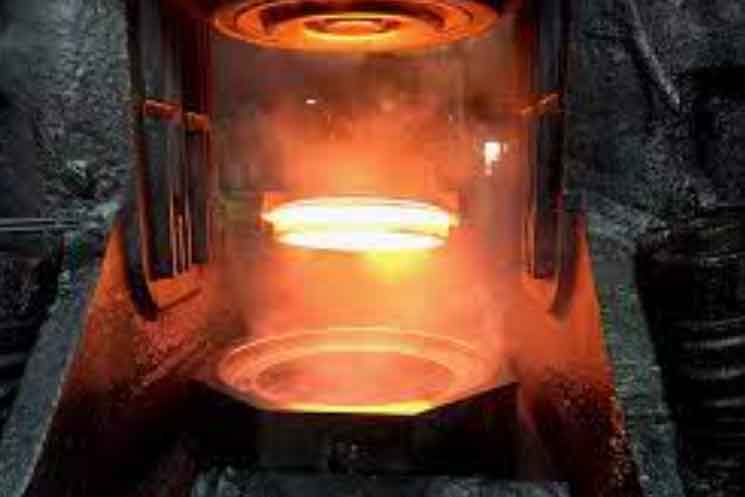
Gear forgings are an important manufacturing process used to create high-quality and resilient gears for demanding applications. Gears play a critical role in various industries, such as automotive, aerospace, and heavy machinery, where they are subjected to significant stresses and operating conditions. Gear forgings provide several advantages over other manufacturing methods, including increased strength, durability, and reliability.
Here are some key aspects to consider when building resilient gears through the forging process:
- Material Selection: Choosing the right material is crucial for producing durable gears. Common materials used for gear forgings include alloy steels, carbon steels, and stainless steels. The selection depends on the specific application requirements, including load capacity, wear resistance, and temperature resistance.
- Design Considerations: Proper gear design is essential for optimal performance. Factors such as tooth profile, pitch diameter, pressure angle, and module must be carefully considered. Designing the gear with appropriate fillet radii and root radius helps prevent stress concentrations and increases overall strength.
- Forging Process: The forging process involves shaping the metal into the desired gear form through controlled heating and deformation. The two primary forging techniques used for gear manufacturing are open-die forging and closed-die forging. Closed-die forging, also known as impression-die forging, is more commonly used for gears due to its ability to produce more complex shapes and tighter tolerances.
- Heat Treatment: After the forging process, gears undergo heat treatment to enhance their mechanical properties. Heat treatment methods like quenching and tempering help achieve the desired hardness, strength, and toughness. Careful control of the heat treatment parameters is crucial to avoid distortion or cracking of the gears.
- Machining and Finishing: While forging imparts many desired qualities to gears, additional machining operations may be required to achieve final dimensions and surface finish. Processes such as milling, grinding, and honing are commonly employed to ensure precise tooth profiles, accurate gear meshing, and reduced surface roughness.
- Quality Control: Rigorous quality control measures are essential to ensure the reliability of gear forgings. Non-destructive testing techniques like ultrasonic inspection, magnetic particle inspection, or dye penetrant inspection can detect internal defects or cracks. Dimensional inspections, hardness testing, and material analysis are also performed to verify compliance with design specifications.
- Lubrication and Maintenance: Proper lubrication is vital for gear longevity and performance. Applying the appropriate lubricants based on the application requirements and maintenance schedules helps minimize wear, reduce friction, and prevent premature failure.
Gear forgings offer significant advantages over alternative manufacturing methods like casting or machining. They provide a superior grain structure, enhanced mechanical properties, and improved fatigue resistance, resulting in gears that can withstand demanding operating conditions and deliver reliable performance over an extended period.
It’s worth noting that gear forgings require specialized expertise and equipment. Working with experienced forging manufacturers who have a proven track record in gear production is crucial to ensure high-quality and resilient gears for your specific application.
